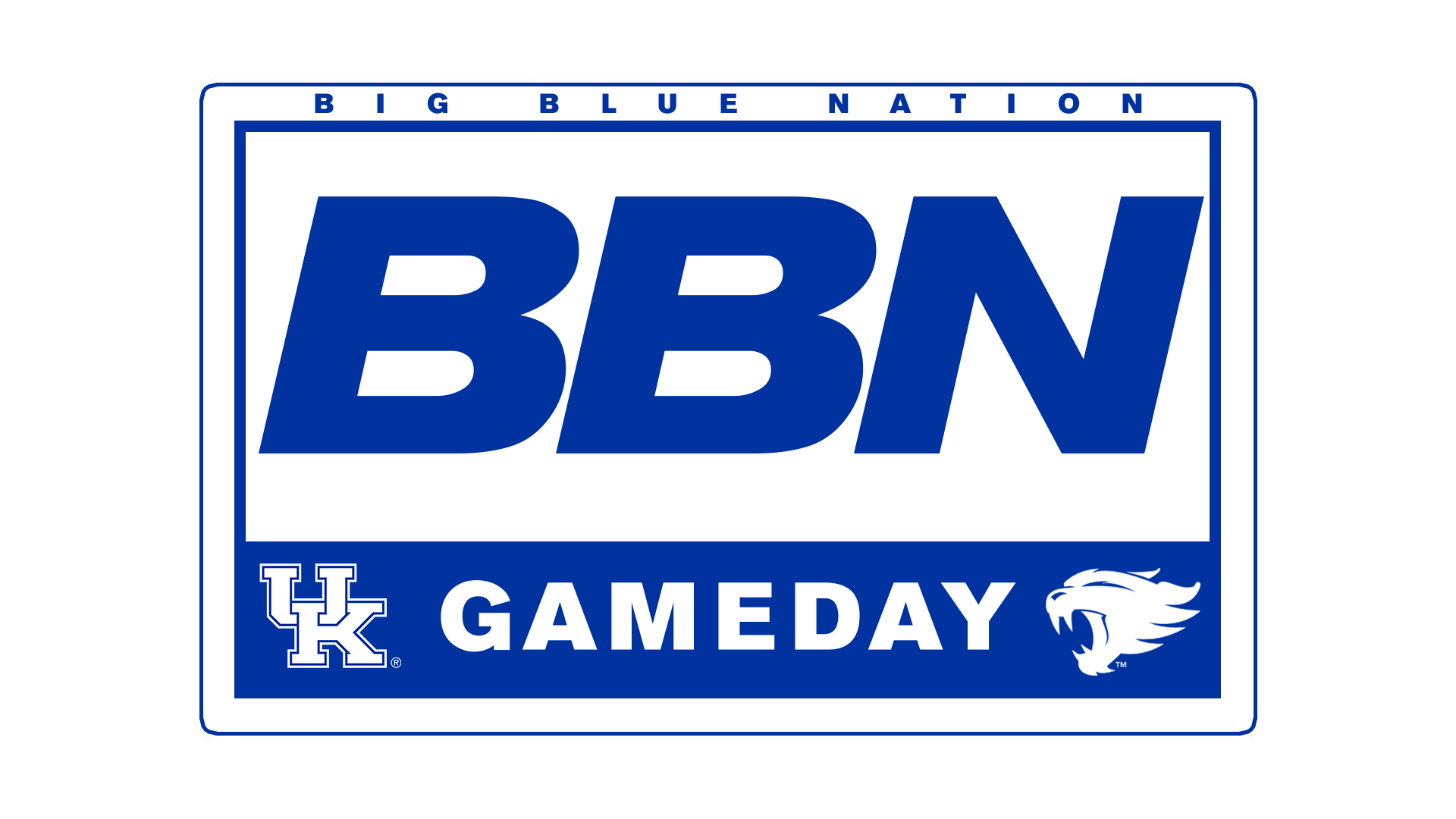A very interesting story below worth reading from Aaron Fitt of Baseball America that I’ve posted below on the new NCAA-certified bats, which every Division I baseball team will be required to use this spring.
The NCAA has implemented a new testing method to make the metal bats perform more like wood than they did under the previous testing method, which measured the ball’s speed off the bat. The new BBCOR testing — which stands for batted ball coefficient of resolution — measures how lively the collision is between the bat and ball.
Early reports of the new bats, according to Fitt’s story, show significantly decreased performance. It’s thought that the once homer-happy game of college baseball could be reduced to pitcher-friendly game.
That could be good news to the 2011 UK baseball team, which is expected to be pitching dominant and power lacking. Though Cliff Hagan Stadium has a very short porch in right field, it’s no short poke out to left or center field.
Brent Ingram, UK’s sports information director for the baseball team, said he’s seen a pretty drastic decrease in power in the team’s first few days of fall practice, which began Friday. Though it could reduce the power numbers in college baseball in 2011, it could be a break for the Cats.
Having said all that, it’s still a very ongoing story and there are still months left until the baseball season. Check out an excerpt below from Fitt’s story and read the full story at Baseball America.
Texas’ UFCU Disch-Falk Field is the quintessential pitcher’s park, with high fences, deep dimensions and slow turf. So ordinarily, a lack of home runs during the Longhorns’ fall practice season would hardly raise any eyebrows.
This fall, however, the power outage in Austin has been noteworthy indeed.
The reason? Texas is using the new NCAA-certified bats, which every Division I baseball team will be required to use this spring. The NCAA has implemented a new testing method to make the metal bats perform more like wood than they did under the previous testing method, which measured the ball’s speed off the bat. The new BBCOR testing–which stands for batted ball coefficient of resolution–measures how lively the collision is between the bat and ball.
How noticeable is the difference in the new bats?
“It’s significant,” Longhorns coach Augie Garrido said. “I think every coach kind of goes, ‘Whoa.’ It is recognizable from the very first batted ball. When you hit it on the sweet spot, it still goes. Whereas we might have hit 15 or 20 balls out in batting practice before, we’re now hitting five or six balls out in BP. So it is a significant change–I think every coach will tell you that.”
And its impact will be sweeping.
“I think it’s going to change the complexion of college baseball,” Oregon coach George Horton said. “We’ve been using it in BP and scrimmages, and I can tell you it’s made a big difference. Coach (Andrew) Checketts is throwing a party–I told him he’s a better pitching coach than he used to be. Some of those big, strong guys have gotten into some balls pretty good, and they’re not going over the fence.”
The reports are the same across the country, wherever the shipments of new bats have arrived. As of late last week, many schools, such as Oregon State and Michigan, were still awaiting their shipments, while others like Louisiana State have received just a few bats, but without labels.
At Virginia, only the team’s strongest players, including Steven Proscia and John Hicks, have even been able to hit balls out of the park in batting practice with the new bats. But the lack of power isn’t what stand out most to Cavaliers coach Brian O’Connor.
“I wouldn’t say that it’s going to impact the home runs as much as just the way the ball comes off the bat, even on ground balls,” he said. “Just consistently, the ball doesn’t come off as fast. I think when you square the ball up, it’s still going to go, you’ll still hit home runs and doubles. But under the old bats, you could get jammed and still hit a home run. You didn’t have to hit the ball square on the sweet spot to hit it good. Now with these new ones, that’s what you have to do. You have to really square it up to hit it through the infield or hit a home run.”Read the full story



